Missing monuments: Before & After pics of Palmyra show what ISIS has destroyed
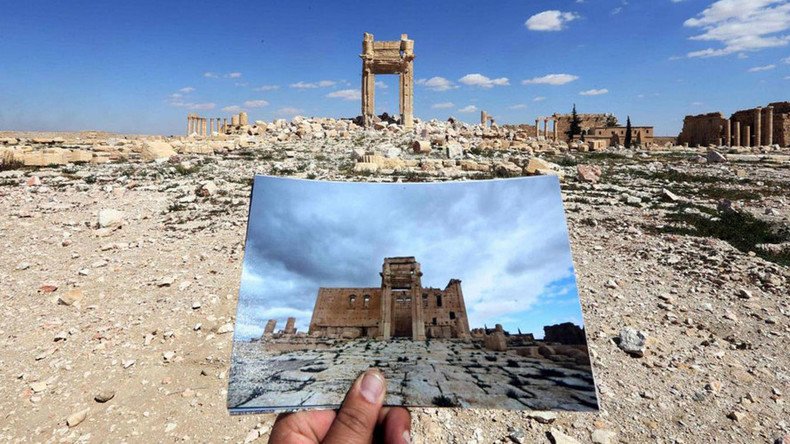
Joseph Eid, a photographer for AFP news agency, traveled to the Syrian city of Palmyra, recently recaptured from Islamic State, carrying with him photos that he took two years ago. When he tried to recreate the images, the results displayed how much damage the Islamists have wrought.
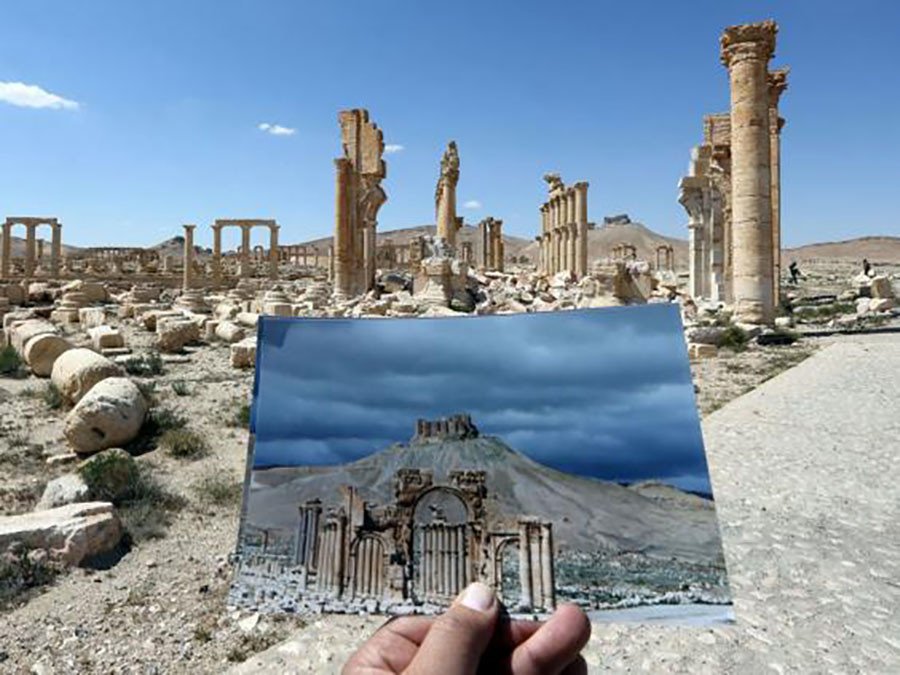
The Arc du Triomphe was completed in the 3rd century, to celebrate the Roman victory over Parthia, a kingdom in modern-day Iran, which staunchly opposed the Roman onslaught for nearly three centuries.

The arch was destroyed by Islamic State in October last year, though plans have been announced to rebuild it with its original stones, using 3D models of the monument.
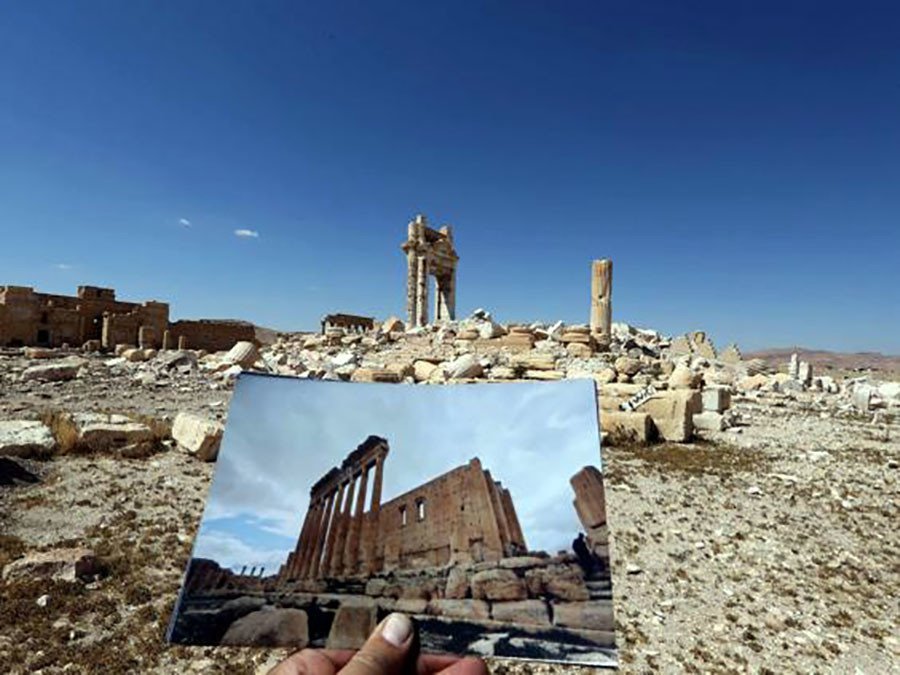
Opened at the turn of the last millennium, the Temple of Bel was dedicated to the Mesopotamian deity, and was considered one of the most intact monuments at the entire UNESCO World Heritage site of Palmyra.
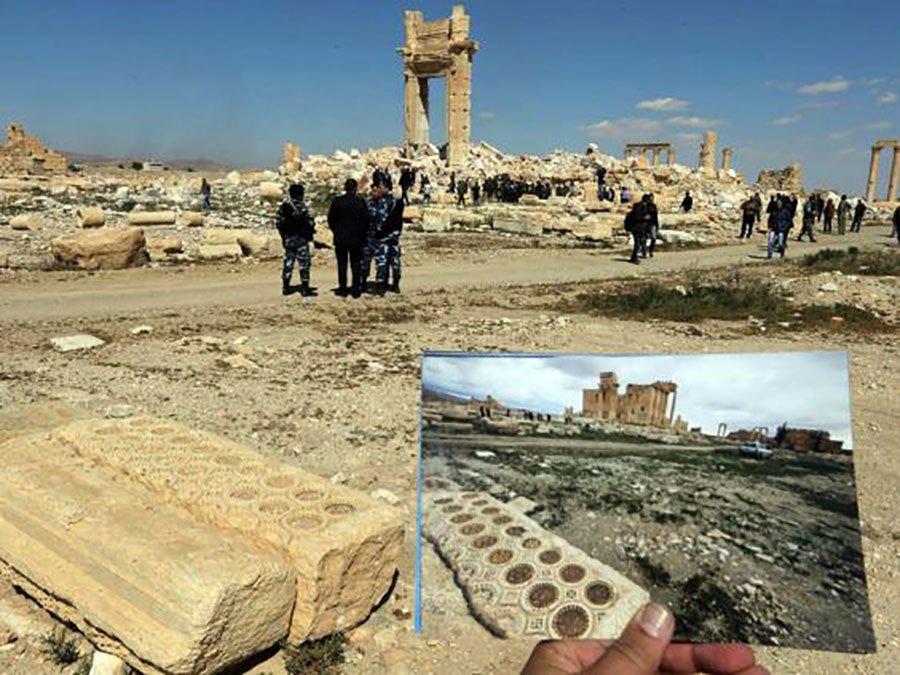
As Palmyra changed hands, it served as a Byzantine church, and later a mosque, before being preserved as a historical monument, prior to being blown up by Islamic State, which took control of the city in May last year.
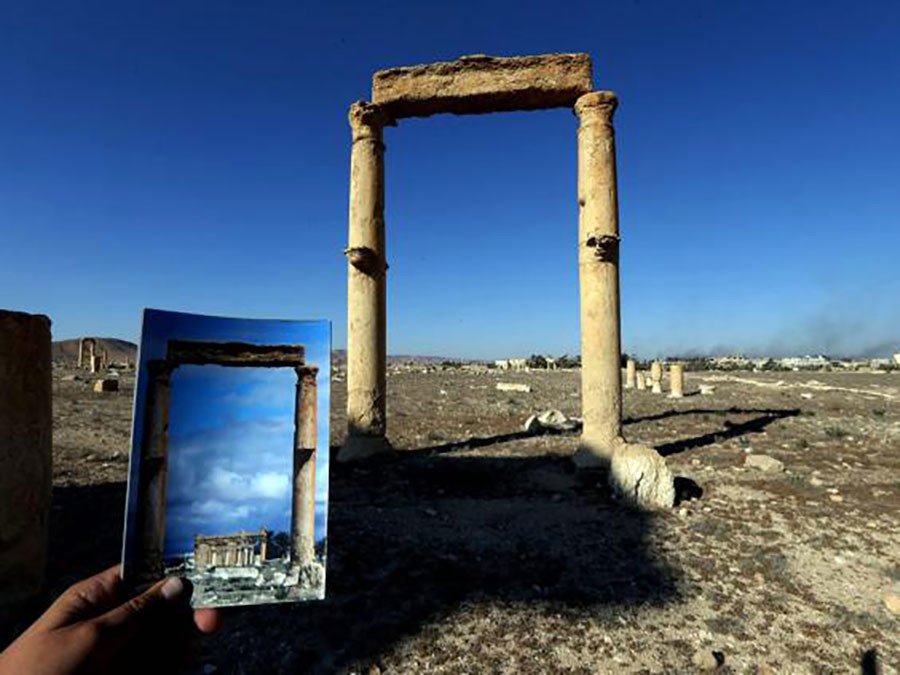
Built in a Greco-Roman style, the Temple of Baalshamin served a sky deity, which existed alongside Bel. It was also well preserved, and it is thought that Islamic State sought to destroy the best-known landmarks of the city one by one, capturing international headlines with each blast.
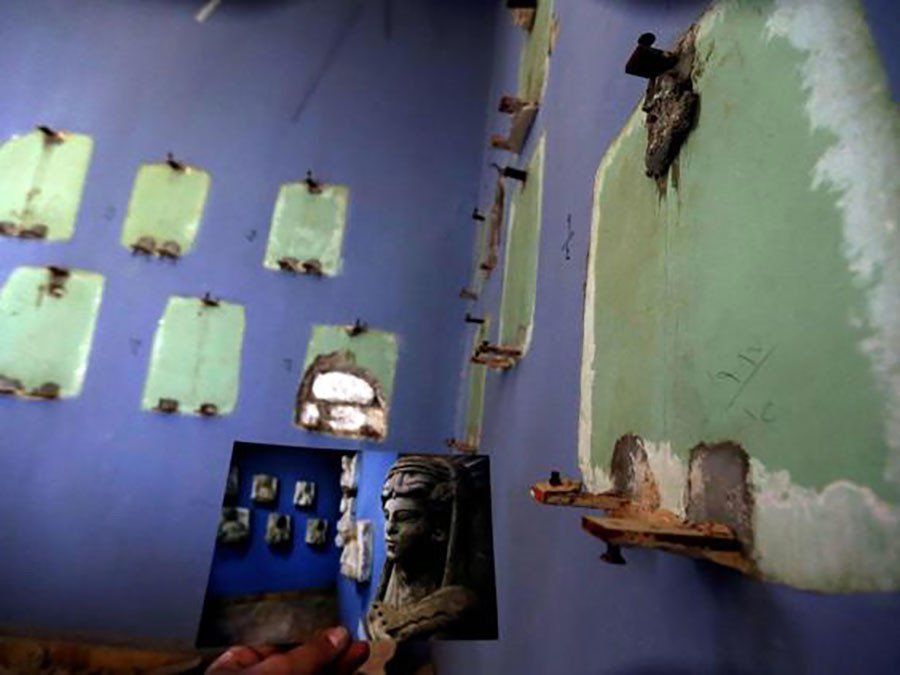
While the destruction of the temples may have been largely symbolic, the empty mounts for historical sculptures are testament to Islamic State's looting.
'Pearl of desert' Palmyra after ISIS fleesRT drone buzzes ancient Palmyra to see if the 'Pearl of the desert' suffered any irreparable damage at the hands of the jihadists. With Russian help, UNESCO has already started rebuilding the recaptured historical site.
Posted by RT Play on Friday, April 1, 2016












